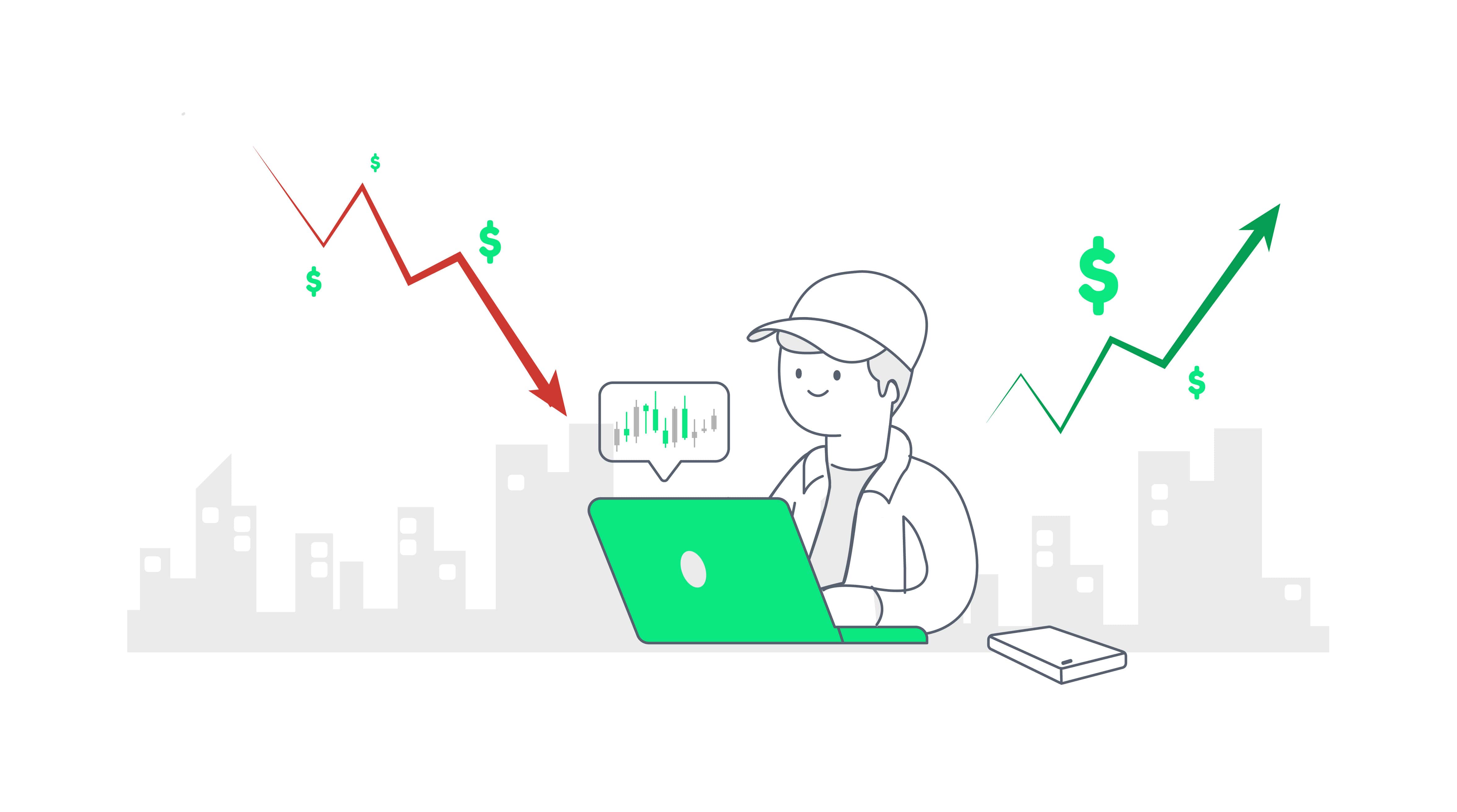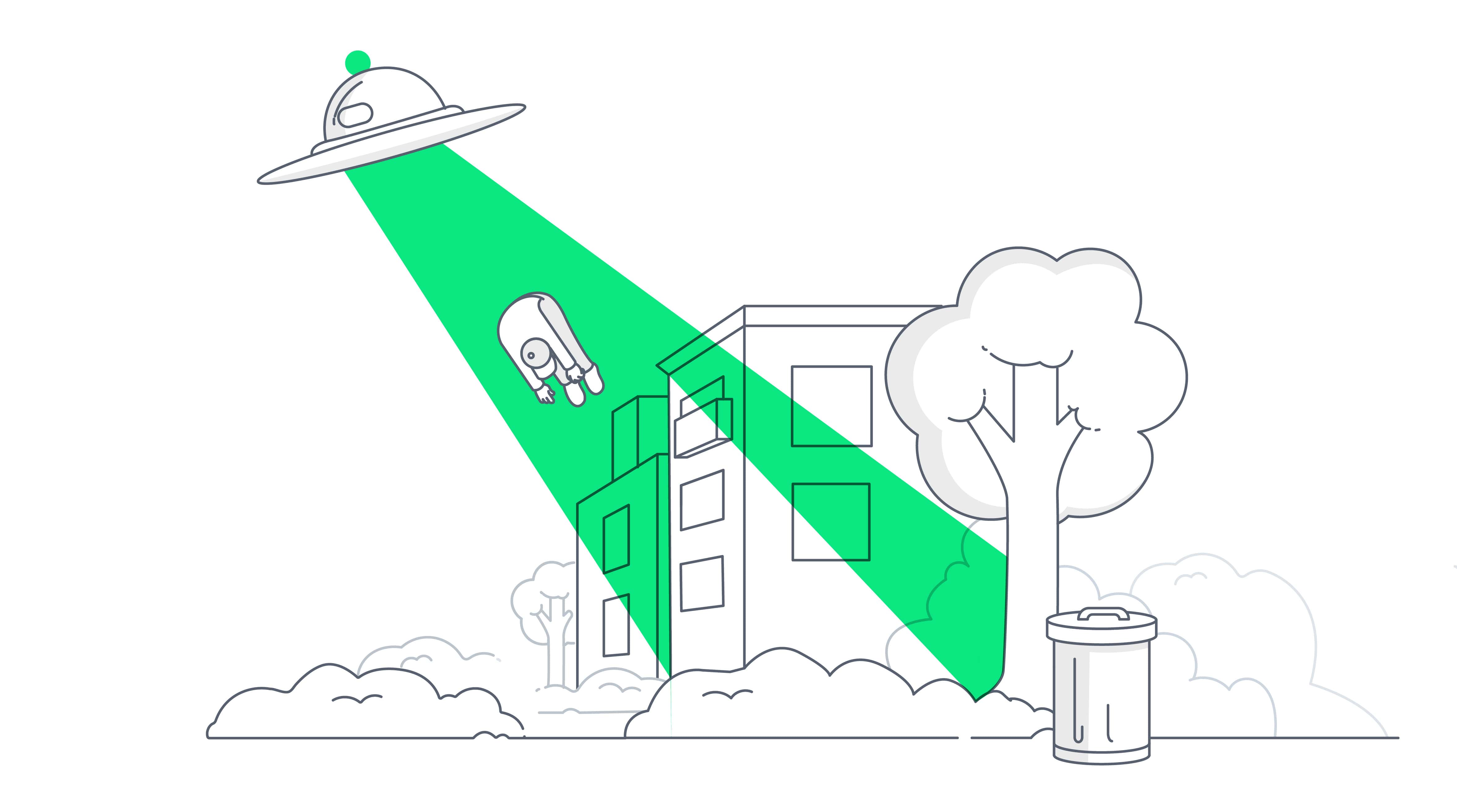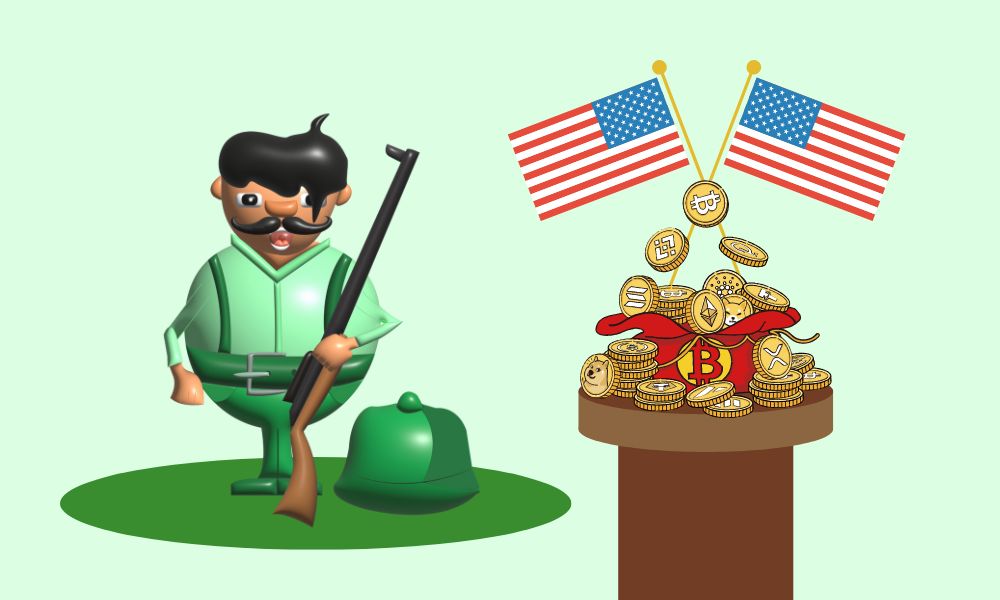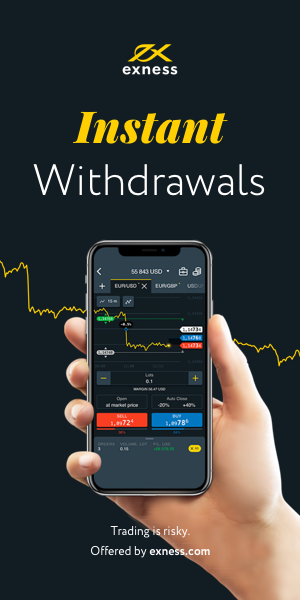Is AMZN Primed to Become the Largest Single-Stock Option Trade?
Amazon’s 20-for-1 stock split was executed on June 6, and the stock is trading higher as a result. Here's what options traders need to know.
But why? Aren’t stock splits meaningless?
The answer is more complicated than you may think — especially if you’re an options trader.
Let’s look at the different ways Amazon’s split will affect the options market.
Cheaper to Hedge an Investment
When Amazon (AMZN), Inc. Report first revealed they were splitting their stock, Market Rebellion Co-Founder Pete Najarian pointed out some of the benefits that the move could have for traders and investors looking to hedge their positions.
That means traders who are long Amazon stock will have a much easier time using options to mitigate risk on their position. Options offer a number of ways to do that.
Most commonly, traders can utilize covered calls to collect options premium on a stock that they hold at least 100 shares of. On the Friday before the split, 100 shares would have cost $244,700 dollars. Now, compare that quarter-million-dollar investment to a split-adjusted $12,235!
Covered calls aren’t the only hedging strategy that benefits from a split. As Pete said in the clip above, options themselves are much more affordable — meaning investors will have a much easier time wielding long puts and short call spreads to protect their investment.
Easier to Get Aggressive
In the section above, we talk about how Amazon’s stock split makes it easier for investors to play defense with options. But there’s a flip-side to that coin — traders are using these reasonably priced options to play offense.
And on Monday, Market Rebellion’s Heat Seeker algorithm spotted one trader doing that in a BIG way.
Jon Najarian spoke about this massive call trade on today’s edition of the CNBC Halftime Report.
These calls would have been at the $2,600 strike and would have cost between $22.00 and $38.80 per contract. This multi-million dollar purchase puts to bed the narrative that Amazon’s stock split is “only important for retail traders”.
Amazon Steals The Show From Apple
It isn’t just the price of the options that are directly affected by the split. It’s also about liquidity. Prior to Amazon's split, the reigning option-volume king has been Apple (AAPL) Report.
But now that Amazon's open interest has been multiplied by a factor of 20, the e-commerce giant is set to challenge reigning champion Apple for the title of highest options volume in a single stock.
That’s evident when you look at Monday's massive discrepancy in options volume — 2.611M contracts traded in Amazon, dwarfing Apple's 959K.
Increased volume has a number of cascading effects on the options market, like tighter bid/ask spreads that offer traders better order execution.
But more importantly, when options volume starts to surge, implied volatility often surges alongside it, leading to more extrinsic value being priced into the contract.
In short: high volume is another factor with the potential to drive the option prices higher.
 Revealed In 2022 Revealed In 2022  What indicators do professional traders use? |
How Stock Splits Affect Delta and Gamma
We’ve covered how the Amazon split has the potential to increase volume and subsequently implied volatility — but there are two more option metrics that stock splits have an important effect on delta and gamma.
Option greeks are metrics that determine how much an option is worth. Without getting too deep into the weeds, let’s quickly define these two greeks.
- DELTA: The rate of change in an option’s premium per $1 change in the underlying asset. Calls have a positive delta, puts have a negative delta.
- GAMMA: The rate of change in an option’s delta according to each $1 move in the underlying asset’s price.
To put it another way, delta is like the speed of an option’s change in price, and gamma is like the acceleration of an option's change in price.
But how do stock splits actually affect those metrics, and what does it mean for options holders? Let’s use an example to find out.
Delta
Imagine you’re holding one at-the-money $AMZN call option at the $2500 strike, prior to the 20:1 split, with a delta of 0.50.
What happens to the delta when you hold through the 20:1 split? Now you own twenty $125 strike calls, all with a 0.50 delta. So, even though the individual deltas have not changed, your total delta has risen by a factor of twenty, from just 0.50 all the way to 1,000! That means that after splitting, the options in question are twenty-times more reactive to a $1 change in stock price.
Of course, there is a counterbalance to this effect — the stock price is reduced by twenty times! Despite the fact that a dollar change means much more for the option in question, it’s still the same on a percentage basis.
Still, this substantial change in the total delta can make a massive difference for option holders, and it’s an important metric to keep an eye on.
Gamma
The effects of a stock split on an options gamma are even more pronounced. Let’s revisit the above example: our at-the-money $AMZN call option, to find out why.
In the example, imagine that the at-the-money $2500 strike call option has a gamma of 0.002. That means that if you have a 0.50 delta, and the stock rises by $10, your option will gain two deltas, raising your total delta to 0.52! The same is true in reverse.
If the stock falls by $1, you lost two deltas, and now have a 0.48 delta option!
But now, you have a 20:1 split to factor in: what happens to your option gamma?
You have twenty call options, at the $125 strike, and the gamma is multiplied by twenty, meaning the gamma is now 0.04 for each option. So now, you have twenty-times as many options, and twenty-times as much gamma (from 0.002 pre-split to 0.8 post-split), leading to an overall gamma increase of 40x!
In short, this means options held through the split are ultimately more sensitive to changes in the stock price due to the effects caused by gamma magnification.
The Bottom Line
Amazon’s stock split presents an increased opportunity for options traders. Cheaper options mean more opportunities for traders to get bullish and bearish exposure to Amazon.
More opportunities for investors to hedge positions. Higher liquidity, and potentially, higher implied volatility alongside it.
Listen to what Jon and Pete had to say about the split and the unusual options activity that came with it in today’s edition of Rebel’s Edge.
- The Street
Read More from Pipshunt
Argentines turn to Bitcoin amid inflation worries
Social media blamed for $1B in crypto scam losses in 2021
Bitcoin Miner Riot Blockchain Names Its Head of Corporate Operations as New CFO
















